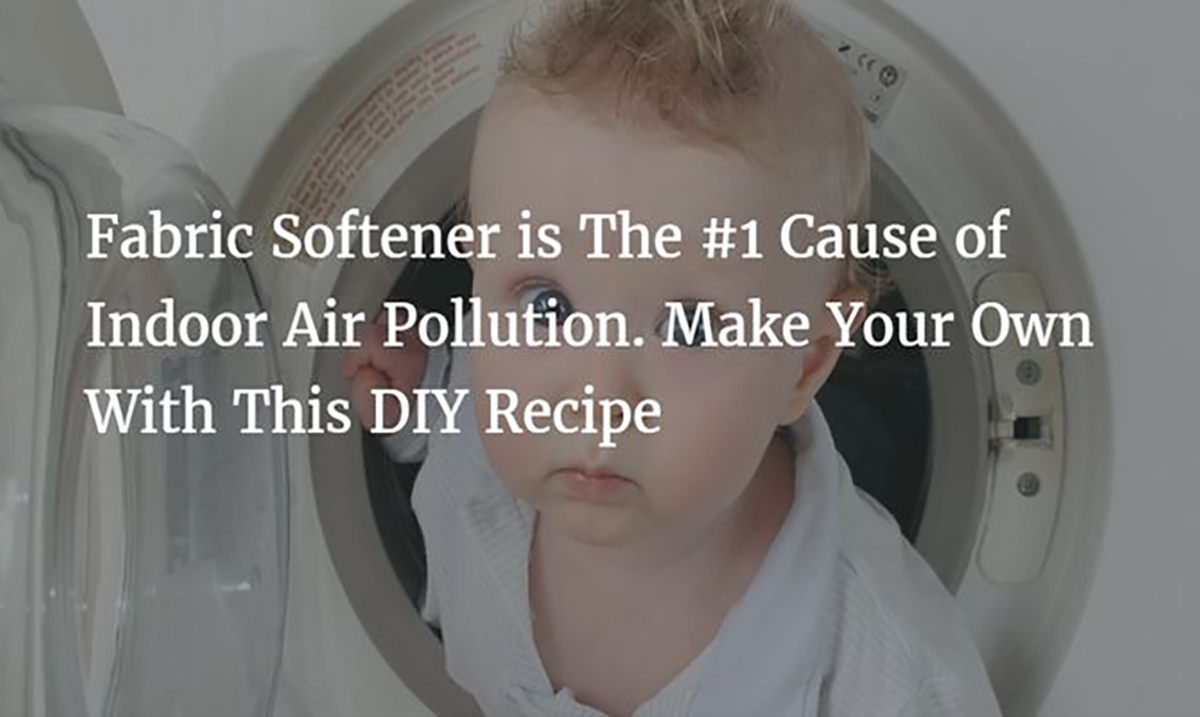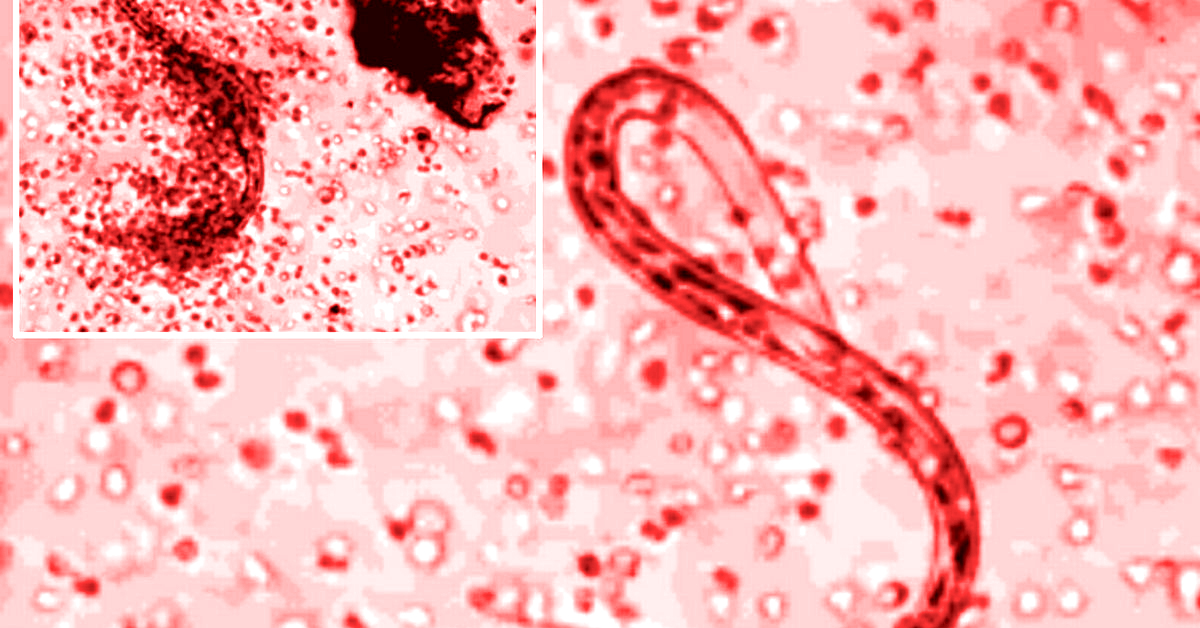
Fabric Softener is the #1 Cause of Indoor Air Pollution. Make Your Own With This DIY Recipe!
Have you ever thought about how you wash your clothes? You chuck in the soap and the fabric softener and let it go. But, fabric softeners are very toxic, and not to mention the fact that they build up in your clothing and towels often times leading to a soured smell.
There are many potentially dangerous products used in our home. One of which is fabric softener, an innocent enough product right? Wrong! Some of the most harmful ingredients in the product are; chloroform a neurotoxin that can cause fatal cardiac arrhythmia, A-terpineol which can cause central nervous system disorders, benzyl alcohol an upper respiratory irritant, Ethyl acetate which is known to cause headaches and loss of consciousness, and many more this is just a tip on the ice burg!
Here are some of the harmful ingredients commonly found in liquid or sheet fabric softeners include:
• Chloroform: This substance was used as an anesthesia in the 1800s up through the early 1900s when its potential for causing fatal cardiac arrhythmia was discovered. A carcinogenic neurotoxin, it is on the EPA’s Hazardous Waste list. Inhaling its vapors may cause loss of consciousness, nausea, headache, vomiting, and/or dizziness, drowsiness. It may aggravate disorders of the heart, kidneys or liver. Its effects worsen when subjected to heat.
• A-Terpineol: Causes Central Nervous System (CNS) disorders, meaning problems relating to the brain and spine such as Alzheimer’s disease, ADD, dementia, Multiple Sclerosis, Parkinson’s disease, seizures, strokes, and Sudden Infant Death Syndrome. Early symptoms of CNS problems include aphasia, blurred vision, disorientation, dizziness, headaches, hunger, memory loss, numbness in face, pain in neck and spine. A-Terpineol also irritates the mucous membranes and, if aspirated into the lungs, can cause respiratory depression, pneumonia or fatal edema.
• Benzyl Alcohol: This upper respiratory tract irritant can cause central nervous system (CNS) disorders, headache, nausea, vomiting, dizziness and dramatic drops in blood pressure.
• Benzyl Acetate: This substances has been linked to pancreatic cancer. Its vapors can be irritating to eyes and respiratory passages and it can also be absorbed through the skin.
• Ethanol: Another fabric softener ingredient which is on the EPA’s Hazardous Waste list and linked to CNS disorders.
• Pentane: A chemical known to be harmful if inhaled.
• Ethyl Acetate: This substance, which is on the EPA’s Hazardous Waste list, can be irritating to the eyes and respiratory tract. It may also cause severe headaches and loss of consciousness, as well as damage to the liver and kidneys.
• Camphor: Another substance on the EPA’s Hazardous Waste list. It is easily absorbed through body tissue, causing irritation of eyes, nose and throat. Camphor can also cause dizziness, confusion, nausea, twitching muscles and convulsions.
• Linalool: A narcotic known to cause respiratory problems and CNS disorders. In animal testing, exposure to linalool has resulted in death.
• Phthalates: Used in scented products to help the scent last longer, phthlates have been linked to breast cancer and reproductive system problems.
• Limonene: This known carcinogen can cause irritation to eyes and skin.
When you use fabric softener, the toxic chemicals coat your towels, sheets, and clothing so that you absorb toxins through your skin. Meaning, of course, you breathe in these chemicals. You think that this process is good for your body? Make your own! It is so simple and with all of the stated above you would be crazy not to.
Ingredients:
- 5g baking soda
- 75ml hot water
- 400ml apple cider vinegar
- 10 drops essential oil
Method:
You will need a large plastic container because there will be a bubble reaction. Combine the water, baking soda, and apple cider vinegar together. The ingredients will absolutely cause a chemical reaction, releasing a lot of bubbles. Once the liquid settles, you can pour it into your softener tank. Add in the essential oil, close, and shake well!
Or… if you want something a bit simpler; simply take 1 gallon organic white vinegar and 20 drops essential oil and mix them up. You will want to dilute the mix with a little water before doing your laundry! You will need 1/4 cup Vinegar Mixture and 3/4 cup of water. Yes, it really is that simple.







